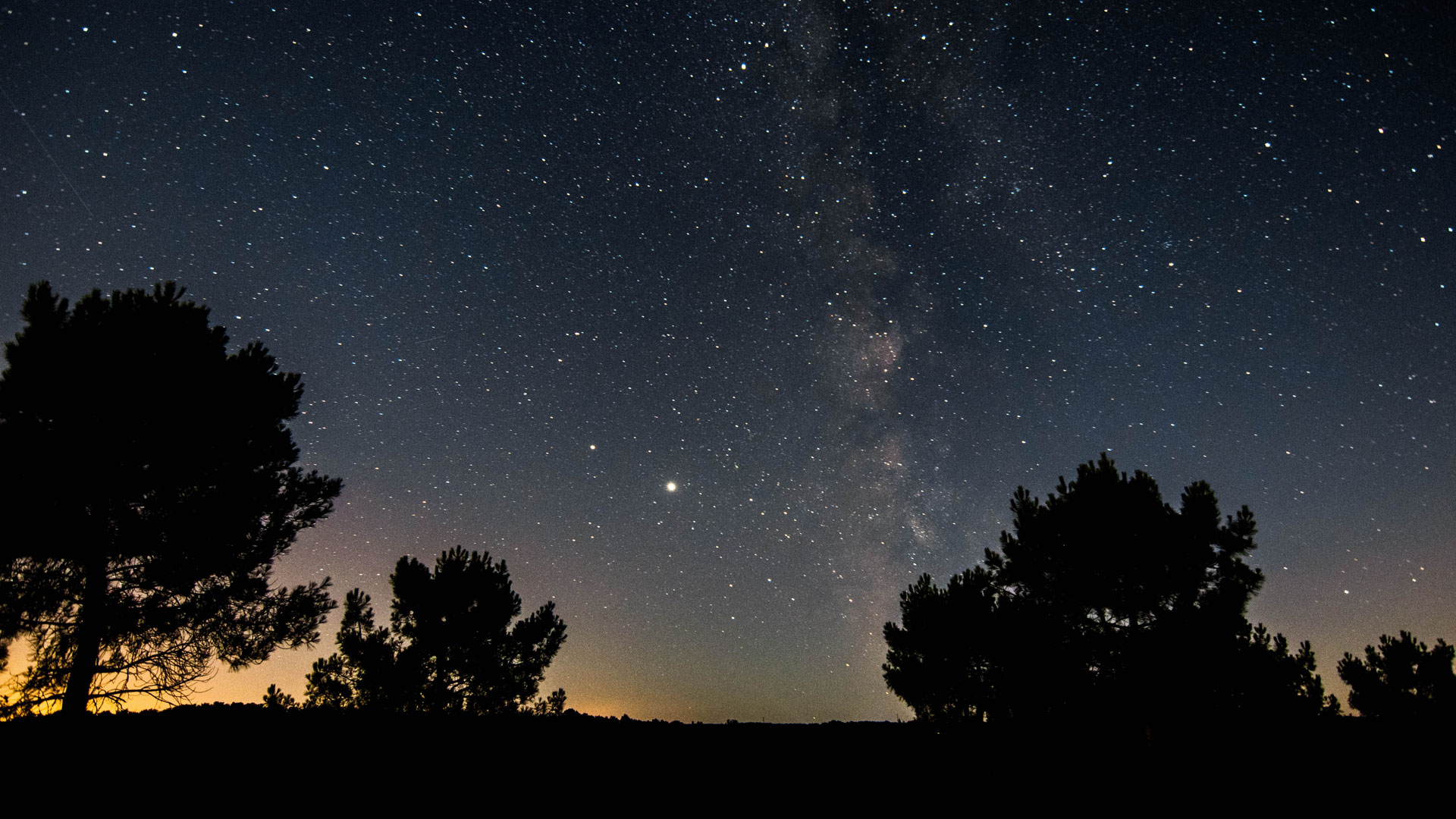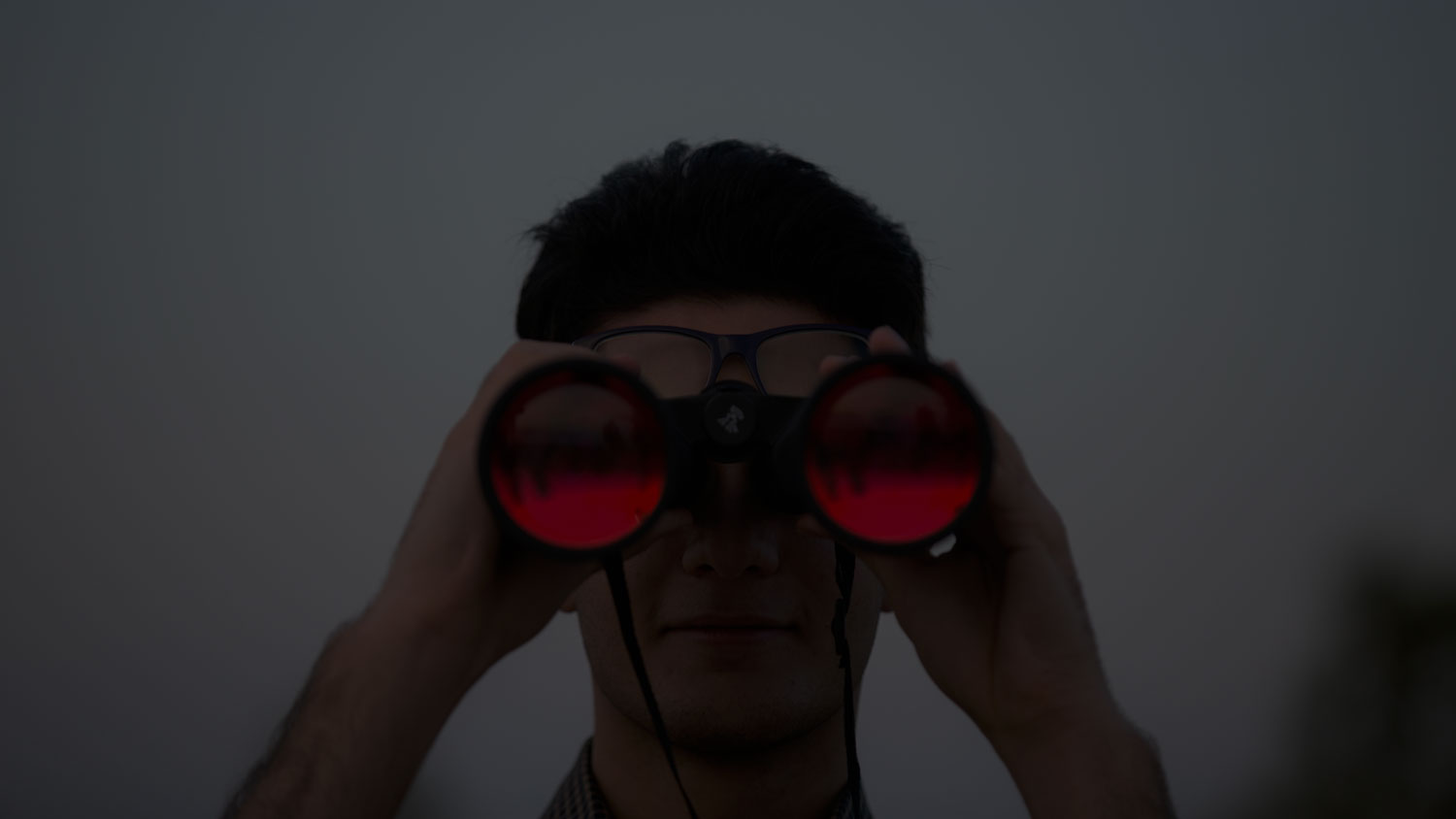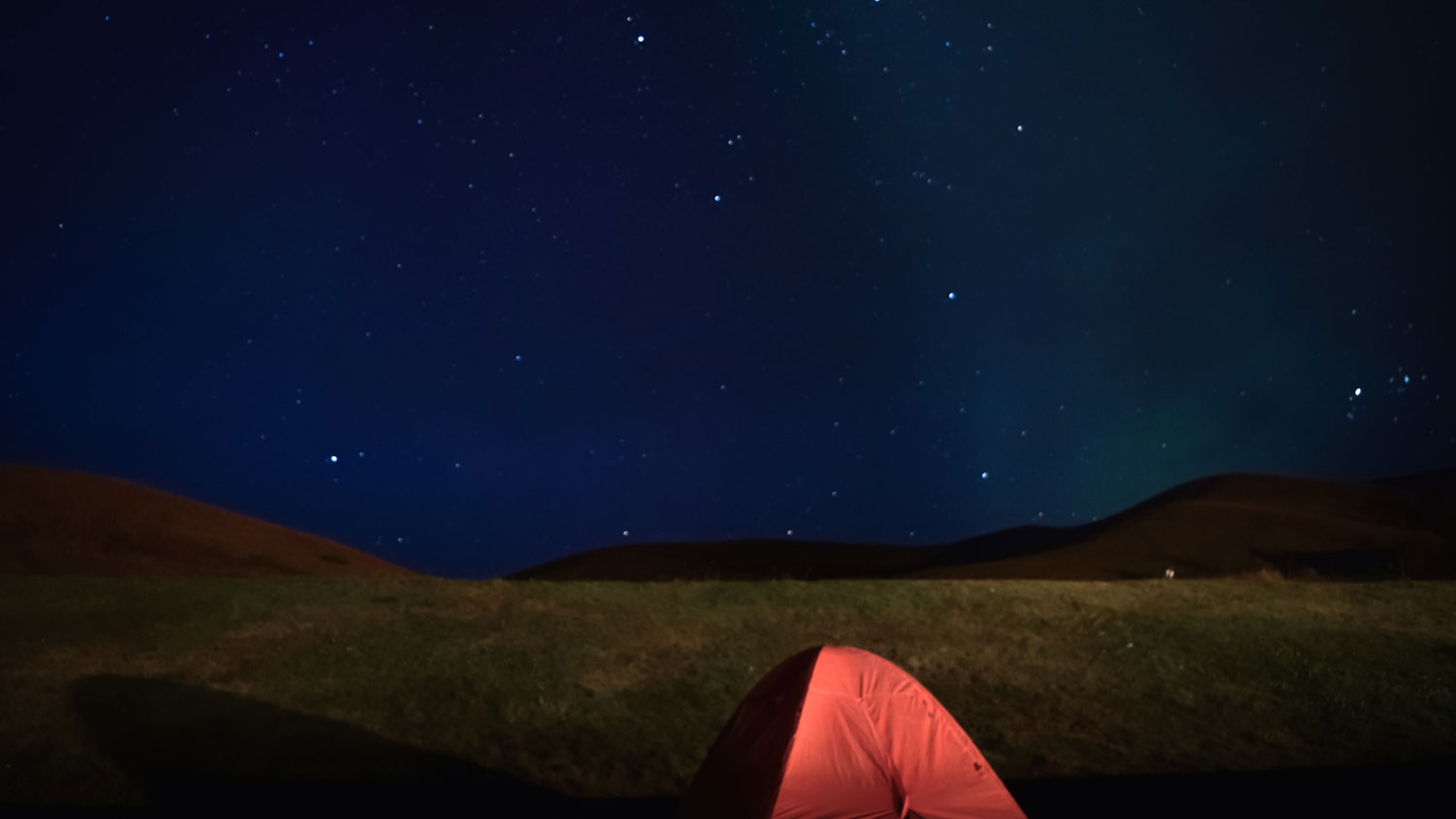How to choose and use binoculars for stargazing and astronomy
Techniques, tips and targets for getting the most out of the night sky


New to stargazing? This article will walk you through exactly how to choose and use binoculars for stargazing and astronomy. While many people jump straight from picking out constellations with their naked eyes to eye-balling galaxies through a telescope, they do you miss out on an entire layer of the night sky that is only accessible to binoculars. In the battle of binoculars vs telescopes for stargazing, both have their pros and cons, so don't assume that shelling out for one of today's best telescopes is your only option.
In fact, some of the night sky's most exquisite sights can only really be appreciated through a pair of the best binoculars. You don't need to buy a pair of binoculars specifically for stargazing, but within the pantheon of general-use options for nature-spotting and safari, there is a niche that's also perfectly suited to exploring the night sky.
When it comes to observing in the dark you need to prioritise light-gathering over magnification. Here's everything you need to know about choosing the perfect pair of binoculars for you and your new adventures in the night sky, how to use them, and what to point them at.
How to choose binoculars for stargazing and astronomy
Before you go looking for any pair of binoculars you need to understand two numbers: magnification and objective lens size. This is the main difference between astronomy-friendly binoculars and, say, the best binoculars for birdwatching. These specs are quoted as a combination of two numbers such as 10x50, which means they offer 10x magnification and an objective lens with a diameter of 50mm. The bigger the numbers, respectively, the more magnification and – more crucially for night-time use – the more light they let in.
You can find specialist astronomy binoculars that offer lots of both, typically 20x80 or 25x100, but they are big, bulky and require mounting on a tripod.
Which is why the best handheld binoculars for astronomy are 10x50. That's 10x magnification and a 50mm diameter objective lens to let lots of light in, and all in a lightweight package that's easy to carry around and use. For children, it's wise to go a little lighter and choose 8x42 binoculars. As a bonus, these sizes are also perfect for serious wildlife watching and safari.
These are some of our favourite stargazing binoculars:
- Celestron Skymaster Pro 20x80 binoculars review – our current top stargazing pick, scoring a perfect five stars
- Vixen SG 2.1x42 super-wide binocular review – for immersive, panoramic views of the night sky
- Canon 10x42L IS WP binoculars review – a pricier option, but with incredible image-stabilisation tech
How to hold binoculars for stargazing and astronomy

The two biggest complaints people have about using binoculars for astronomy is that their arms get tired and that the image always looks wobbly. Luckily, you can limit both of those problems with some simple techniques.
To help prevent tired arms there are two ways of holding binoculars. If you're looking at something close to the horizon – such as the Moon, a planet or a bright star – place your hands around the end of the barrels. That adds a lot of stability. If you're looking at something high in the sky put each hand's forefinger and thumb around the eyepiece and let your head – not your arms – take the weight of the binoculars.
Most beginners stick their arms out when holding binoculars, which makes them tired and causes the image to shake. As hot mammals with heartbeats and pumping blood we humans don't ever stay still, and your binoculars magnify our own movement. Don't blame the binoculars! You can limit your own shake by bringing your elbows into your ribcage and letting your torso take the weight. If you can find a wall to lean back on you'll get an even steadier view.
Another technique that prevents tired arms and shake is to use a tripod. Some binoculars come with a 1/4-inch tripod thread in their undercarriage so can be used natively with any photographic tripod. For others, you may have to purchase an L-shaped tripod adaptor. For a free way of getting some stability, rest your binoculars on an upturned broom, which functions as a monopod.
How to focus binoculars for stargazing and astronomy
Before you use a pair of binoculars you need to focus them to suit your own eyes. First, remove the left-hand lens cap and adjust the main centre focus knob until you get a clear view through your left eye. Now replace the left-hand lens cap and remove the right-hand lens cap. Adjust the knob around the right eyepiece until you get a clear view through your left eye. You're now focussed for your eyes only (don't share them unless you have to!), and can just use the centre focus knob to make adjustments.
How to aim binoculars for stargazing and astronomy

Don't pick up a pair of binoculars are randomly scan the night sky in a scatter-gun way. You'll get completely lost and you'll quickly get frustrated. Instead, find the object with your naked eyes and simply bring the binoculars up in front of your eyes without ever looking away. If you want to direct someone else to an object, don't say, "it's just next to that star." Find the object, scan your binoculars down to the horizon and identify a landmark, such as a tree or a building. Then tell them to put their binoculars on that object and scan upwards until they reach it.
When searching for something in the night sky it's wise to work in an ever-increasing circle in a spiral-like movement. That way you're less likely to lose your way and more likely to cover all of that patch of sky.
What to point your binoculars at in the night sky

Although there are endless resources online for amateur astronomy, try to go for binocular-specific sights. Get yourself a book like Stephen Tonkin's Discover the Night Sky through Binoculars or Gary Seronik's Binocular Highlights: 99 Celestial Sights for Binocular Users, which will guide you to specific stars, clusters, nebulae and galaxies that binoculars will afford the very best sights of. The deep sky is seasonal, so these guides work for an entire year's observing. Highlights include the Pleiades open cluster, the stars around Orion's Belt and the Orion Nebula (January-March), the Beehive cluster (April-June), the Summer Triangle, Brocchi's Cluster and the Great Hercules Cluster (July-September), and the Andromeda Galaxy (October-December).
Planets and the Moon are far less predictable for beginners. Study a Moon calculator for your location and you can see if our satellite is visible, and when. Most people think a Full Moon is the best time to observe, but unless you catch it as it rises in the eastern sky – when it's a delicate orange colour – it can look flat. Catch it just after its New Moon phase for a slim Crescent Moon in the early evening western sky.
For planets, look at planet-rise times for your location. Jupiter is the most impressive planet to look at in binoculars because it's big, it's bright and you'll see its four giant moons Europa, Ganymede, Io and Callisto in a celestial dance around the giant planet.
Giving you a far wider field of view of the night sky than any telescope, binoculars are easy to carry, easy to use and will give you unbeatable views of a host of exquisite sights in the night sky.
Get all the latest news, reviews, deals and buying guides on gorgeous tech, home and active products from the T3 experts
Jamie is a freelance journalist, copywriter and author with 20 years' experience. He's written journalism for over 50 publications and websites and, when he's not writing, spending most of his time travelling – putting the latest travel tech through its paces.
